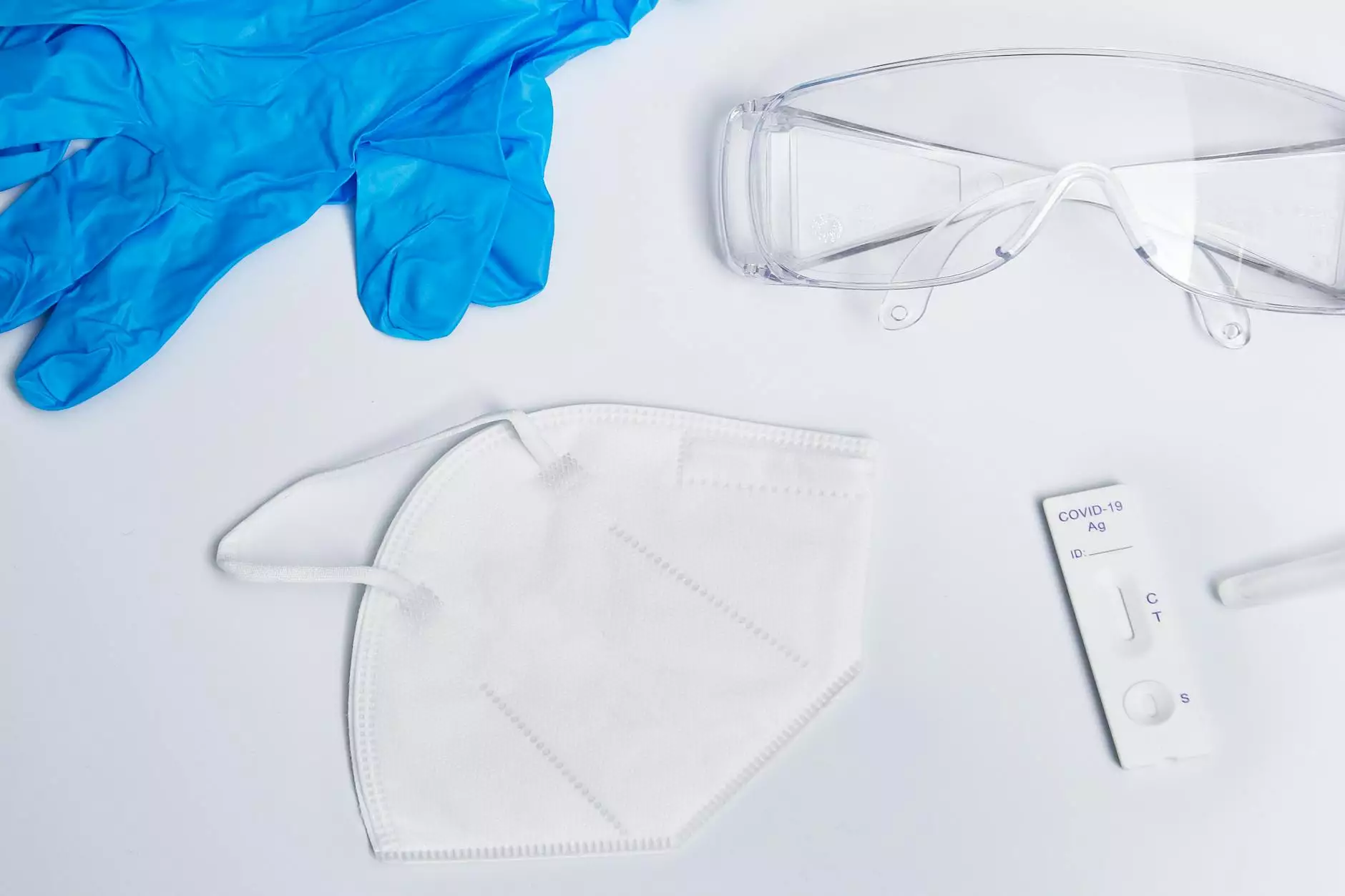Endometriosis Surgery Procedure: A Comprehensive Guide

Endometriosis is a challenging condition that affects many women worldwide. This disorder occurs when tissue similar to the lining of the uterus grows outside the uterus, leading to painful symptoms and various complications. In certain cases, an endometriosis surgery procedure may be necessary to alleviate pain and restore health. This article covers everything you need to know about the surgery, including types, benefits, risks, and recovery.
What is Endometriosis?
Endometriosis is a medical condition characterized by the presence of endometrial-like tissue outside the uterus. This tissue can be found in various locations, including the ovaries, fallopian tubes, and the pelvic cavity, leading to inflammation and scar tissue formation. Women with endometriosis may experience:
- Chronic pelvic pain
- Pain during menstruation
- Pain during intercourse
- Unexplained infertility
- Other gastrointestinal symptoms
Why Consider Surgery for Endometriosis?
Despite various treatment options available, some women find that medications or hormonal therapies do not relieve their severe symptoms. In such cases, the endometriosis surgery procedure may be considered for the following reasons:
- To remove endometrial implants and adhesions
- To relieve severe pelvic pain
- To improve fertility
- To prevent recurrence of endometriosis symptoms
Types of Endometriosis Surgery
There are several types of surgeries that might be performed for endometriosis. The most common include:
Laparoscopy
Laparoscopy is a minimally invasive surgical procedure often recommended for diagnosing and treating endometriosis. During this procedure, a laparoscope (a thin tube with a camera) is inserted through small incisions in the abdomen. The surgeon can then visualize and remove endometrial tissue, cysts, and adhesions.
Laparotomy
A laparotomy is a more invasive surgery that involves a larger abdominal incision. This procedure may be necessary for extensive cases of endometriosis when the disease is widespread, or when more significant intervention is needed.
Hysterectomy
A hysterectomy involves the removal of the uterus and is often considered when other treatments have failed. In some cases, the ovaries and fallopian tubes may also be removed. It's important for patients to understand that this procedure results in the inability to conceive.
Preparing for Endometriosis Surgery
Preparation for the endometriosis surgery procedure is crucial for ensuring optimal outcomes. Here are some steps patients should expect during preparation:
- Consultation: A thorough evaluation by a gynecologist specializing in endometriosis.
- Pre-operative tests: Blood tests, imaging tests, or other diagnostic procedures may be required.
- Discussion of anesthesia: Anesthesia options will be reviewed with the medical team.
- Instructions for the day of surgery: Guidelines regarding food, drink, and medication before surgery.
The Endometriosis Surgery Procedure: What to Expect
Understanding what happens during the endometriosis surgery procedure can help ease apprehension. Here is what to expect:
During the Surgery
The surgery generally takes between 1 to 3 hours, depending on the extent of the endometriosis. The steps include:
- Administration of anesthesia to ensure comfort and pain relief.
- Use of a laparoscope for minimally invasive procedures, or a larger incision for more extensive surgeries.
- Removal of endometrial tissue and any other necessary interventions.
- Closing up incisions with sutures or staples.
Post-Operative Care
After surgery, patients will typically be monitored for several hours before being discharged. Post-operative care includes:
- Pain Management: Prescribing medications to manage pain effectively.
- Activity Restrictions: Guidelines for physical activity and recovery time.
- Follow-up Appointments: Scheduling visits with the doctor to monitor healing progress.
Recovery from Endometriosis Surgery
The recovery process can vary significantly among individuals but generally lasts from a few days to several weeks. Here are key factors related to recovery:
Physical Recovery
Most patients can return to normal activities within 1 to 2 weeks after laparoscopic surgery, while recovery from laparotomy may take longer. It's important to follow the doctor's instructions regarding:
- Incision care
- Gradually increasing activity
- Avoiding strain during physical activities
Emotional Recovery
It is normal to experience a range of emotions after surgery. Patients might feel relief, anxiety, or sadness related to changes in their health status or family planning options. Seeking support from family, friends, or counseling can be beneficial.
Potential Risks and Complications of Surgery
While surgery can provide substantial relief, it is essential to be aware of potential risks, which may include:
- Infection
- Bleeding
- Damage to surrounding organs
- Recurrence of endometriosis
Long-term Outcomes After Surgery
Many patients report significant improvement in symptoms and quality of life following the endometriosis surgery procedure. However, the effectiveness can vary among individuals, and some may require additional treatments over time.
Consulting with Experts in Endometriosis Care
Choosing the right healthcare provider is critical for the successful management of endometriosis. At DrSeckin.com, you will find a team of experts who specialize in the treatment and surgery of endometriosis. With their extensive knowledge and compassionate care, they can guide you through every step of the process.
Conclusion
An endometriosis surgery procedure can be a transformative step towards reclaiming your health and enhancing your quality of life. With advancements in surgical techniques and individualized care plans, many patients find relief from this painful condition. If you or someone you know is struggling with endometriosis, it is vital to consult a specialist who understands this complex disease and can provide personalized treatment options.
Experience compassionate and top-notch care at DrSeckin.com and take the first step towards a brighter, pain-free future.









